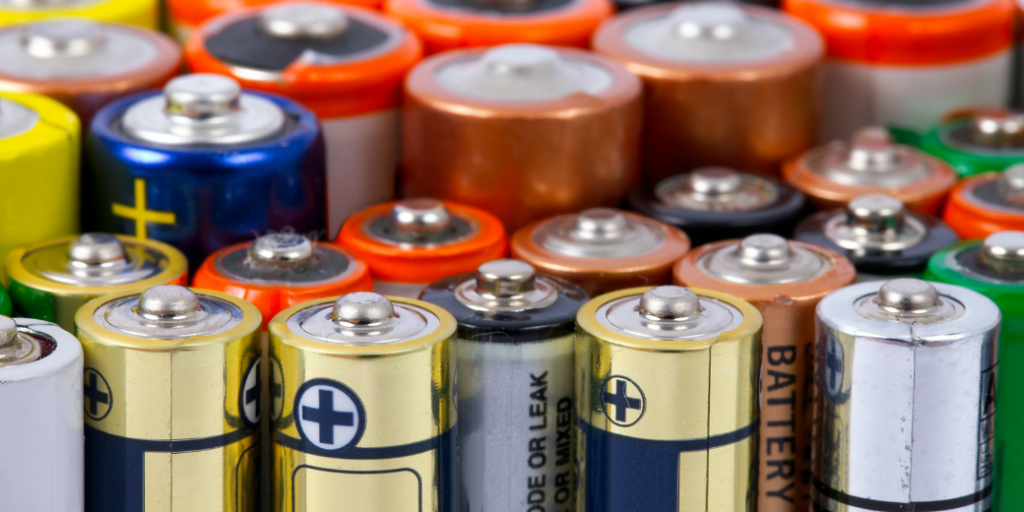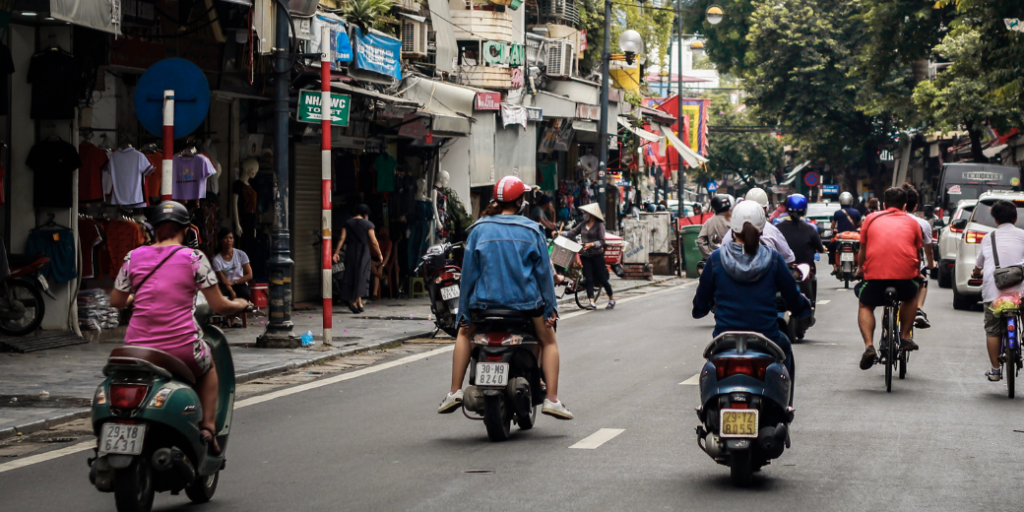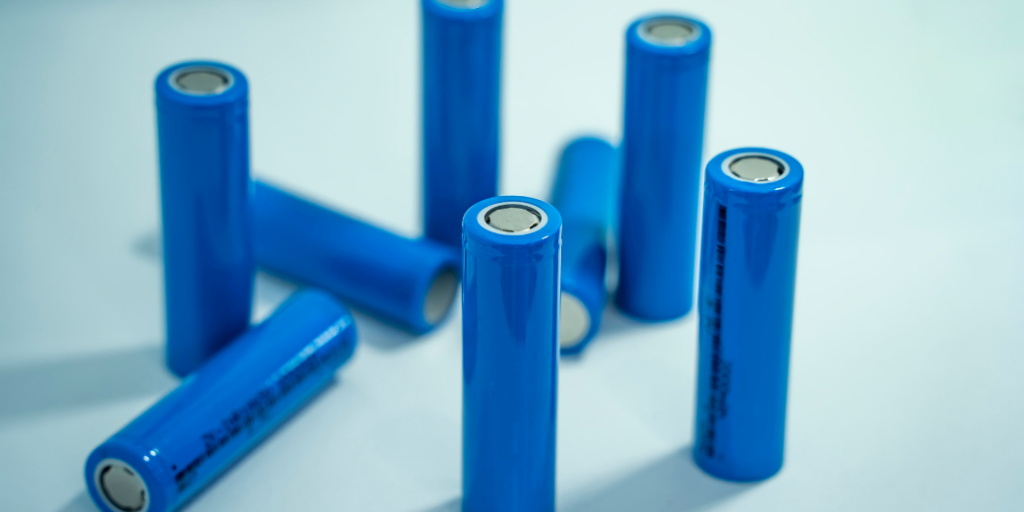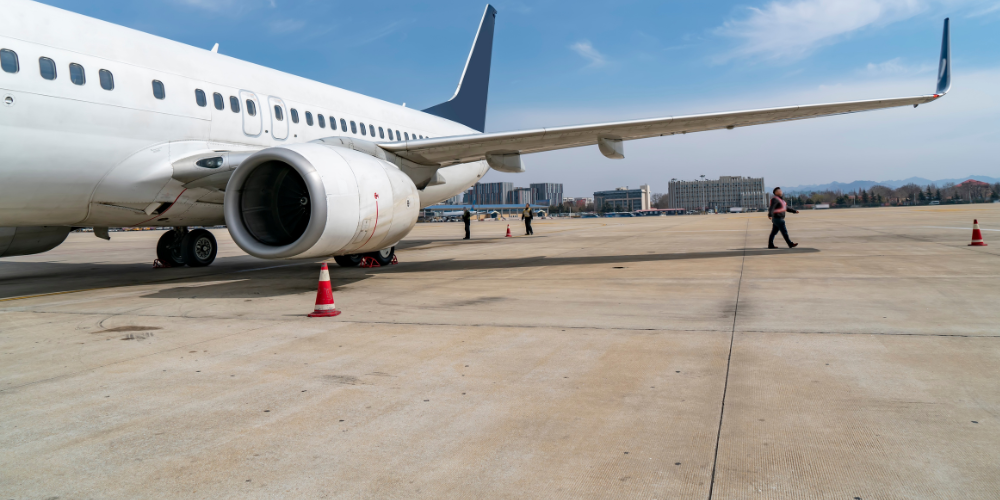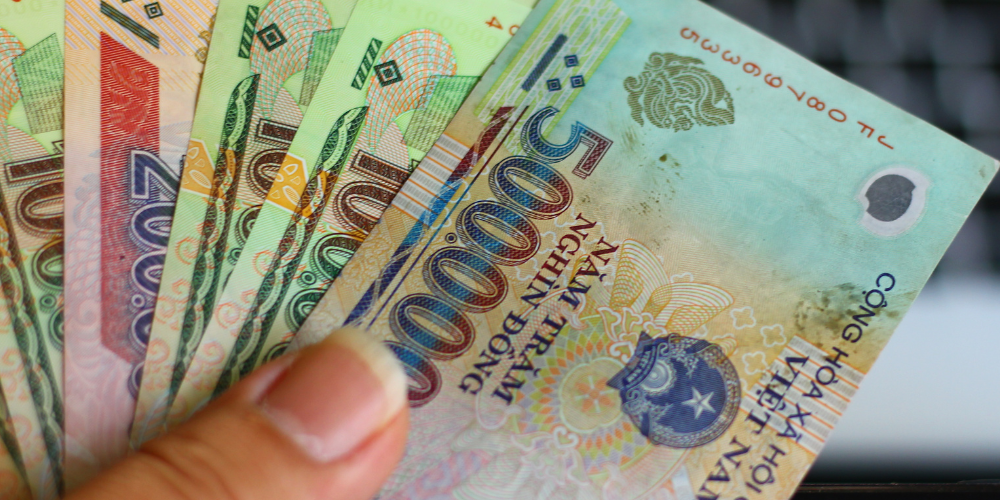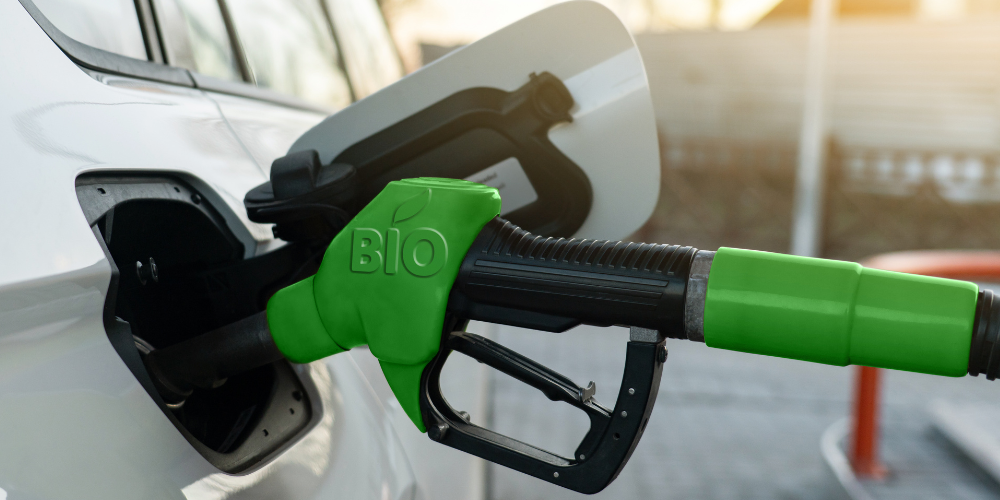Industry Reports
Automobiles in ASEAN
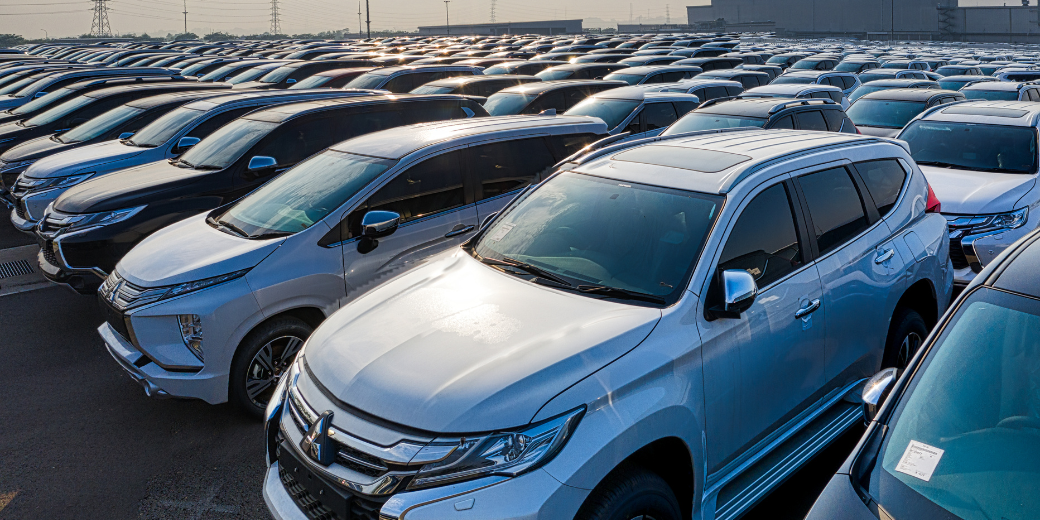
Summary
ASEAN’s auto markets thrive with Indonesia leading production, while global trends in EVs and trade reshape the industry landscape.
Understand the market trend for each Southeast Asia regions.
Automobile Market Rebounds, Driven by Electric Vehicles and Emerging Markets
|Trade Highlight Germany’s Export Dominance and US Import Appetite
The global automobile industry, dominated by passenger cars (PCs) and light commercial vehicles (LCVs), has rebounded strongly from the pandemic’s peak disruption in 2020. Leading players such as Toyota and Volkswagen have regained momentum through strategic alliances and a focus on emerging markets. The increasing adoption of electric vehicles (EVs) and advancements in autonomous driving are reshaping the market. China remains a leader in PC production and sales, while the United States dominates the LCV segment, driven by the popularity of pickups.
As environmental standards tighten globally, automakers are pivoting towards sustainable practices. Europe is preparing to adopt Euro 7, the final emission standard before transitioning to zero-emission rules. Simultaneously, manufacturers are investing heavily in CASE (Connectivity, Autonomous, Shared, and Electrification) technologies to meet evolving consumer preferences and regulatory requirements.
Global passenger car production and sales have grown steadily since the pandemic-induced slump, with notable contributions from China and India. China leads in production and sales volumes due to its large middle-class population and government support, while India has emerged as the second-largest PC market, driven by robust demand for SUVs and easing supply constraints.
The global LCV market has seen significant recovery, supported by demand for efficient last-mile logistics. The United States continues to lead in production, benefiting from the enduring popularity of pickup trucks that combine utility and versatility. The market is projected to sustain growth, aided by evolving logistics and e-commerce needs.
Germany remains the world’s largest exporter of automobiles, while the United States leads in import value. Both markets exhibit diverse consumer preferences, with Germany exporting high-quality vehicles globally and the US balancing imports of luxury cars with domestic SUV and truck production.
The fragmented global automobile market is dominated by Volkswagen and Toyota, which compete fiercely in both revenue and sales volume. Both companies leverage diverse portfolios and strategic alliances to strengthen their positions, with a growing focus on EV production to align with CASE trends.
Strategic partnerships within the automotive and technology sectors are driving advancements in electric and autonomous vehicles. Companies like Ford and Volkswagen are collaborating to share costs and expertise, while partnerships with tech firms enable integration of cutting-edge solutions into vehicles, bolstering competitiveness in a rapidly evolving market.
Diverse ASEAN Automotive Markets Reflect Varied Growth Drivers and Challenges
|Indonesia’s Dominance and ASEAN’s Diverse Automotive Landscape
Indonesia leads the ASEAN automotive sector in passenger vehicle production and sales, leveraging its large population and assembly-driven operations, though low vehicle penetration offers room for growth. In Malaysia, the market is bolstered by national brands like Perodua and Proton, supported by government incentives and a strong localisation strategy. Conversely, the Philippines relies heavily on imports due to limited local production capabilities, reflecting low car ownership and dominance of international brands. Thailand stands as a global automotive leader with a robust export-oriented production system and significant government support for eco-friendly and electric vehicles. Vietnam’s industry remains in its infancy, heavily reliant on imported materials and foreign brands, though local innovator Vinfast is making strides in electric vehicle production.
Indonesia has witnessed fluctuating vehicle production in recent years, with a recovery post-pandemic and steady sales growth, reflecting resilience amidst evolving consumer demand. Malaysia’s production rebounded strongly post-2020, although a slight contraction is forecasted for 2024 due to global economic pressures. The Philippine market, while recovering since 2021, remains volatile due to global supply disruptions and high tax burdens. Thailand’s production saw a dip in 2023 following robust growth, with exports remaining a key driver. In Vietnam, production and sales have been inconsistent, with declines during periods of weak demand, though a steady recovery is noted during favourable economic conditions.
Exports have been crucial across ASEAN, with Indonesia targeting the Middle East and neighbouring ASEAN markets, and Thailand dominating exports to Australia and Vietnam. Malaysia’s rising self-sufficiency has reduced imports, while the Philippines and Vietnam remain heavily dependent on imported vehicles and components, highlighting their underdeveloped domestic production ecosystems. These trends underscore the need for localisation strategies to mitigate costs and reduce reliance on imports.
|Japanese Brands Dominate Most ASEAN Markets
Japanese automakers maintain a stronghold across Indonesia, Malaysia, the Philippines, and Thailand, benefiting from extensive supply chains and consumer trust. Local champions like Malaysia’s Proton and Vietnam’s Vinfast are enhancing their market presence through partnerships and innovative strategies, particularly in the electric vehicle segment. Thailand’s EV market, dominated by Chinese manufacturers, reflects shifting consumer preferences and production priorities. Collaborative efforts, such as Proton’s tie-up with Geely and Toyota’s focus on R&D in Thailand, are fostering technological advancements and competitive positioning across the region.
Indonesia Leads ASEAN-6 in Passenger Vehicle Production and Sales
Indonesia holds a dominant position in the ASEAN-6 automobile market, leading in both passenger vehicle production and sales. This prominence is supported by a large population and a growing middle class, although vehicle penetration rates remain low, indicating room for growth. Production is concentrated on 4×2 vehicles, favoured for their cost efficiency in a price-sensitive market. The industry is primarily assembly-driven, with operations centralised around Jakarta to leverage proximity to demand and established infrastructure. However, emission standards lag behind global benchmarks, prompting government initiatives to boost electric vehicle adoption and align with global environmental standards.
Over the last five years, passenger vehicle production has fluctuated, with a decline in 2023 following a strong recovery post-pandemic disruptions. Sales have grown consistently since 2020, reflecting improved consumer sentiment and economic recovery. These trends underscore the sector’s resilience and evolving consumer preferences.
Indonesia’s automobile imports and exports have expanded steadily in recent years, driven by a self-sufficient domestic industry and increasing global demand. Key export destinations include the Philippines and Middle Eastern countries, while imports primarily come from Japan, Korea, and Germany, reflecting strategic trade partnerships.
The Indonesian automobile market remains highly concentrated, with Japanese brands such as Toyota, Daihatsu, and Suzuki holding over 95% of the passenger vehicle market share. Local manufacturers collaborate with these global leaders through joint ventures to drive market penetration and production capabilities. New entrants, such as Chinese brands, are increasing competitive pressures by establishing manufacturing bases locally, signalling a dynamic shift in market dynamics.
Malaysia’s Dominant Position in ASEAN Automotive Market Bolstered by National Brands
|Post-Pandemic Recovery Drives Growth in Production and Sales
Malaysia ranks as the second-largest producer and market for passenger vehicles in the ASEAN region. The market is primarily driven by national brands, Perodua and Proton, which benefit from favourable government policies such as tax incentives and localisation programmes. These advantages allow them to offer competitively priced vehicles, capturing a significant market share compared to non-national players. Localisation efforts have also contributed to a robust domestic supply chain, with over 90% of components sourced locally by national manufacturers. However, high excise duties on non-national brands create cost disadvantages for foreign players.
The National Automotive Policy 2020 has emphasised technological integration, targeting next-generation vehicles and industrial advancements like artificial intelligence and IoT. The policy includes substantial incentives to encourage EV production and adoption, with exemptions on taxes for locally assembled and imported EVs through 2027 and 2025, respectively. These efforts are aimed at enhancing Malaysia’s contribution to GDP through automotive innovation and sustainability.
Passenger vehicle production and sales in Malaysia rebounded strongly between 2021 and 2023, driven by pent-up demand following pandemic disruptions and stable socio-political conditions. Despite this recovery, forecasts for 2024 suggest a slight contraction, influenced by global economic slowdowns and reduced consumer spending.
Automobile imports have generally declined since 2015, demonstrating the growing strength of Malaysia’s local production capacity. Temporary surges, such as during 2021, were influenced by tax holidays and rising demand for specific vehicle categories. Overall, the trends highlight the country’s increasing self-sufficiency in meeting domestic automotive needs.
Perodua and Proton collectively account for the majority of Malaysia’s passenger vehicle sales, maintaining a competitive edge through significantly lower pricing and high localisation rates. Perodua remains the leading producer, while Proton has revitalised its market presence through partnerships, such as with Geely, which facilitated the launch of successful SUV models. Japanese brands, including Honda and Toyota, retain a smaller but stable share, focusing on specific segments like sedans and SUVs.
National manufacturers and foreign players alike are bolstered by investments in manufacturing and distribution. Partnerships, such as Proton’s with Geely, have enhanced technological capabilities and product offerings, contributing to the industry’s competitive landscape. Contract manufacturing by firms like DRB-HICOM has also supported foreign brands, ensuring a diverse range of vehicles in the market.
Philippine Automotive Market Defined by Low Car Ownership and Heavy Reliance on Imports
|Market Dominance by International Brands, Led by Toyota
The Philippine automobile industry is characterised by low car ownership rates compared to ASEAN peers, primarily due to the popularity of affordable motorcycles and the use of public transport. Passenger vehicle production remains limited, with imports fulfilling the majority of demand. This reliance on imported vehicles, particularly high-end models, is further reflected in the industry’s status as a net importer. Local manufacturing primarily focuses on small-scale assembly for Japanese automakers, with limited production of domestic models.
The Comprehensive Automotive Resurgence Strategy (CARS) programme aims to bolster local manufacturing, focusing on the production of specific models by Toyota and Mitsubishi. However, high excise duties, evolving tax structures under the TRAIN law, and the challenges of global competition and pandemic impacts have limited the programme’s success. These issues contribute to the industry’s struggle to establish a strong domestic production base.
Passenger vehicle production and sales in the Philippines have shown robust recovery since 2021, driven by pent-up demand, improved credit accessibility, and stabilising supply chains. However, production and sales remain volatile, influenced by global supply disruptions and changing tax policies. Historical trends highlight periods of strong growth, such as pre-2018, which were curtailed by rising car prices and increased excise duties under the TRAIN law.
The Philippines heavily depends on imports to meet its automobile demand, with Indonesia, Thailand, and China serving as the main suppliers. This dependency is exacerbated by the limited scale of local production and high consumer preference for imported models, particularly in the higher-end market segments.
The Philippine automotive market is dominated by international brands, with Toyota maintaining a significant market share due to its comprehensive model range and robust distribution network. Mitsubishi and Hyundai are key competitors, contributing to market diversity through investments in local assembly and innovative manufacturing techniques. Despite this, some players like Honda and Nissan have ceased local production, citing unfavourable market conditions.
Thailand: A Major Automotive Leader with a Focus on Exports
|Japanese Brands Lead Production and Sales; Chinese Firms Dominate EV Market
Thailand is one of the world’s largest automobile manufacturers, with Japanese brands dominating both production and sales. The country’s strong automotive sector contributes significantly to its GDP, and over half of its vehicles are exported, primarily to countries like Australia, Vietnam, and the Philippines. The production landscape is heavily influenced by government support, including incentives for manufacturers and protective tariffs against imports, fostering a thriving domestic industry.
The Thai government’s eco-car initiative and Electric Vehicle Action Plan (2016–2036) aim to establish Thailand as a regional hub for low-emission and EVs. Incentives for manufacturers include tax exemptions and import duty reductions, particularly for EVs and fuel-efficient vehicles. These policies underscore Thailand’s commitment to sustainable and innovative automotive production.
After a robust recovery over 2020–2022, automobile production and sales in Thailand experienced a slight decline in 2023 due to weakened domestic demand, despite strong export performance. Historical patterns highlight periods of fluctuation influenced by government policies like the first-car buyer tax rebate and external factors such as the global pandemic and chip shortages.
Exports have been a key growth driver, particularly to Australia and Vietnam, supported by government incentives and trade agreements. However, imports saw a significant increase in 2023, mainly driven by reduced duties on battery electric vehicles (BEVs), showcasing Thailand’s evolving focus on EV adoption and integration.
Electric vehicle sales have surged, with EVs accounting for 25% of total vehicle sales in 2023. The government’s EV 3.5 package continues to provide subsidies and tax reductions, fostering a growing market for EVs while supporting infrastructure expansion, including charging stations.
Japanese automakers such as Toyota, Honda, and Isuzu maintain a stronghold in production and sales across vehicle categories, thanks to a well-developed supply chain and brand reliability. However, Chinese manufacturers are gaining dominance in the EV market, reflecting a shift in consumer preferences and production focus.
Vietnam’s Automotive Industry Lags Behind ASEAN Peers but Seeks Growth
|Foreign Brands Dominate While Vinfast Shines as a Local Innovator
Vietnam’s automotive industry remains in its nascent stages, with low localisation rates and a heavy reliance on imported materials. The country’s auxiliary industries are underdeveloped, resulting in limited domestic production capabilities. Most local manufacturers are involved in low-value assembly activities, while foreign brands, particularly from Japan and South Korea, dominate the market. The ASEAN Trade in Goods Agreement (ATIGA) has further intensified competition by reducing import tariffs, allowing countries like Thailand and Indonesia to dominate automobile exports to Vietnam. To counteract these challenges, the government has implemented measures to support domestic manufacturing, including stricter import regulations and incentives for local production.
Vietnam’s automobile production and sales have experienced volatility over the past decade, influenced by economic conditions and regulatory changes. While production grew steadily post-pandemic, it faced declines during periods of weak demand, such as in 2023, when high interest rates dampened consumer spending. Sales also dropped significantly in anticipation of cheaper imports under ATIGA in earlier years. Despite these challenges, the industry has shown resilience, with production recovering during favourable economic periods.
Thailand and Indonesia have become the leading automobile exporters to Vietnam since 2017, thanks to the zero-tariff policies under ATIGA. Import turnover for raw materials and components also remains high, driven by Vietnam’s reliance on foreign suppliers. This import dependency underscores the need for greater localisation to reduce costs and enhance competitiveness in the domestic market.
The Vietnamese automobile market is highly concentrated, with Japanese and South Korean brands leading sales. Hyundai and Toyota are consistently the top sellers, though local brand Vinfast has gained prominence through its bold transition to producing exclusively EVs. Vinfast’s rapid growth and innovative manufacturing capabilities have positioned it as a key player in the domestic market, though the company faces profitability challenges. Despite these developments, foreign brands continue to dominate due to their established networks and market trust.
Elevate Your Market Research – Get Started with a Free Trial Now
In just five minutes, you can gain a comprehensive understanding of global and ASEAN-6 market trends. Our Speeda platform provides extensive coverage of over 560 industries, supported by data from 11 million public and private companies, equips you with the insights you need to streamline research, optimise strategic planning, and drive informed decisions.
Take your research efficiency to the next level by signing up for a free trial today.
Sign up for a trial to access more detailed reports and tools that can transform your approach to market analysis.


